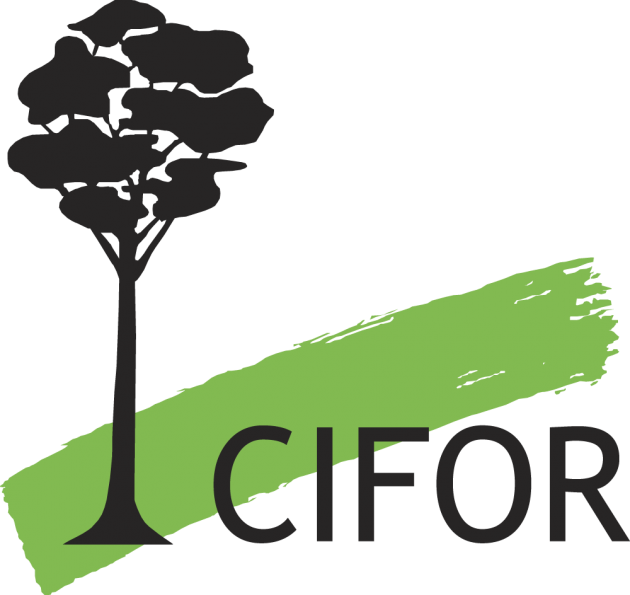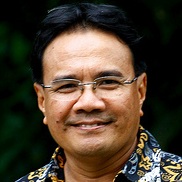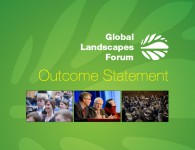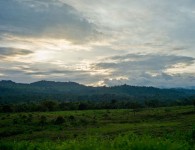CIFOR
[logodrop] [/logodrop]
[/logodrop]
REDD+ addresses drivers of deforestation and forest degradation in the landscape – within and beyond the forestry sector. Countries go through different stages in designing and implementing REDD+. After a readiness and policy phase, countries are expected to move towards a stage in which results-based payments should occur. Independent of the REDD+ mechanism that may be implemented in a post-2020 regime, policy measures and incentives will be linked with performance, i.e. reducing emissions from avoided deforestation and forest degradation.
A landscape perspective can be useful to capture cross-sectoral drivers of degradation and deforestation, including strategic planning across government sectors and jurisdictions in a more holistic manner. A landscape approach that corresponds to key institutional or ecological features may enable harmonization of policy measures across scales and sectors whilst strengthening decentralized government structures. Embedded in these, a well-functioning measurement, reporting and verification (MRV) system creates the foundation for payments and rewards.
Key questions the Discussion Forum will address
- What design options linking MRV and results-based payments and benefit-sharing systems are currently discussed in countries implementing REDD+?
- How are countries implementing REDD+ dealing with the complexity of designing REDD+, i.e. emissions occurring at a locality or in a landscape, whilst accounting occurs at another level?
Background reading:
-
Daniel Murdiyarso
Principal scientist at the Center for International Forestry Research (CIFOR)
-
Martin Herold
Professor for Geo-information Science and Remote Sensing, Wageningen University (the Netherlands)
-
Maria Fernanda Gebara
Researcher and professor at the Center for Law and the Environment, the Getulio Vargas Foundation, and consultant to the Center for International Forestry Research (CIFOR)
-
Naya Sharma Paudel
Environmental and Governance Specialist, ForestAction, Nepal
Speakers
Moderator
-
Arild Angelsen
Professor of economics at the Norwegian University of Life Sciences (UMB)

 Daniel Murdiyarso
Daniel Murdiyarso
 Martin Herold
Martin Herold
 Maria Fernanda Gebara
Maria Fernanda Gebara
 Naya Sharma Paudel
Naya Sharma Paudel
 Arild Angelsen
Arild Angelsen 




















Leave a Reply